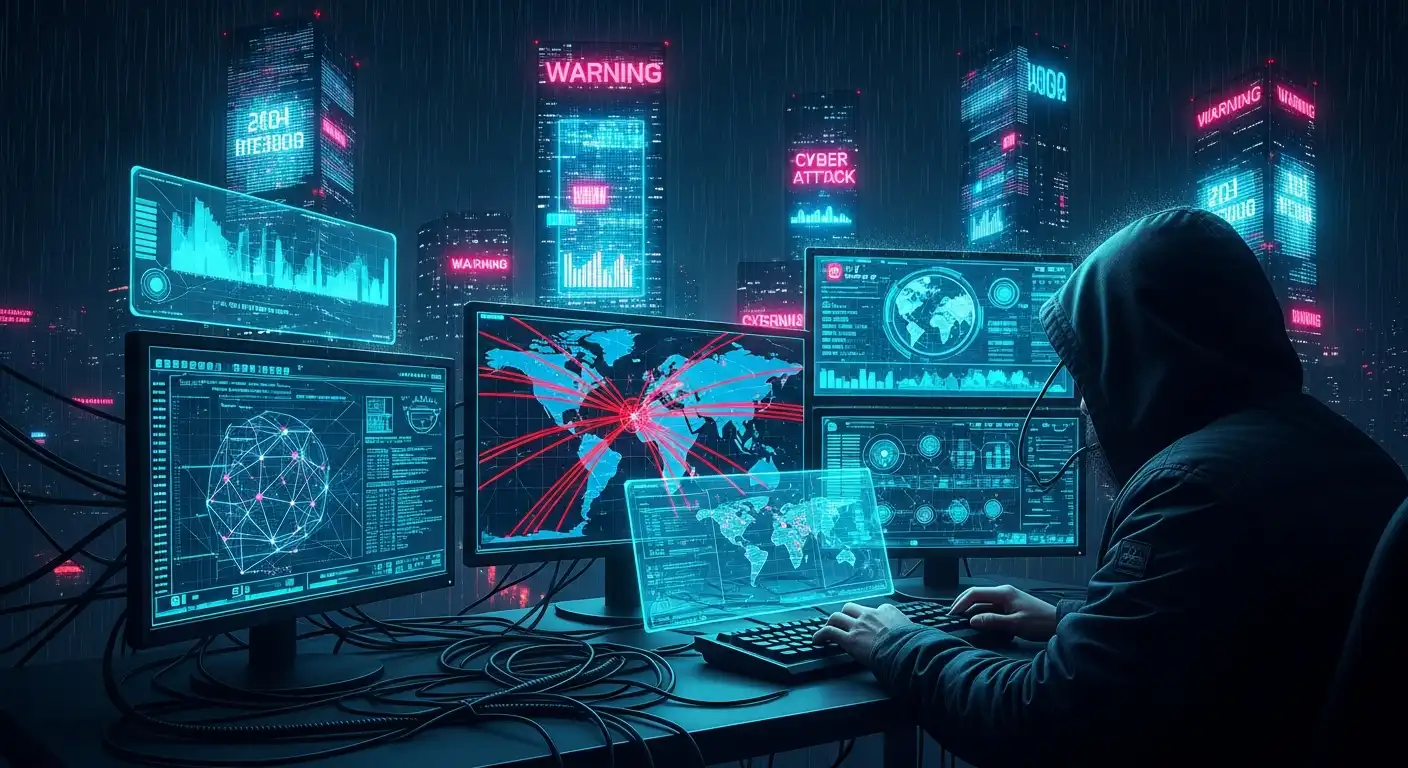Cyber risk management has become critical to ensuring enterprises’ resilience and security in the rapidly evolving digital landscape, where organizations are more interconnected than ever. This article explores the significance of cyber risk management, its key components, the challenges organizations face in the digital realm, and the evolving strategies to safeguard against cyber threats.
Significance of Cyber Risk Management
Cyber risk management is essential in safeguarding organizations against the growing threat landscape of cyberattacks. Several key factors highlight the significance of cyber risk management:
Protection of Digital Assets
Organizations operate in a digital ecosystem where valuable assets, including sensitive data, intellectual property, and critical infrastructure, are at constant risk of cyber threats. Effective cyber risk management is crucial for protecting these digital assets from unauthorized access, data breaches, and cyber espionage.
Business Continuity
Cyberattacks can disrupt business operations, leading to financial losses, reputational damage, and legal repercussions. Cyber risk management ensures business continuity by implementing measures to prevent, detect, and respond to cyber incidents, minimizing the impact on day-to-day operations.
Regulatory Compliance
Organizations must comply with legal requirements governing the secure handling of sensitive information, with a growing emphasis on data protection and privacy regulations. It helps organizations comply with regulations such as the General Data Protection Regulation (GDPR), the Health Insurance Portability and Accountability Act (HIPAA), and others.
Key Components of Cyber Risk Management
Effective cyber risk management involves a comprehensive approach that addresses various components to mitigate the impact of cyber threats:
Risk Assessment
Risk assessment is the foundation of cyber risk management. Organizations identify, analyze, and prioritize potential cyber risks by evaluating vulnerabilities, threats, and the possible impact on business operations. This process guides the development of risk mitigation strategies.
Vulnerability Management
Vulnerability management focuses on identifying and remedying weaknesses in an organization’s systems, applications, and network infrastructure. Regular vulnerability assessments and patch management are essential for reducing the attack consistency and minimizing the risk of exploitation.
Incident Response Planning
Incident response planning involves creating a structured approach for handling and mitigating the impact of cyber incidents. Organizations develop incident response plans that outline procedures for detecting, responding to, and recovering from cybersecurity events, ensuring a coordinated and effective response.
Employee Training and Awareness
Human factors play a substantial role in cyber risk management. Training employees on cybersecurity best practices and raising awareness about potential threats contribute to a security-aware culture. Well-informed employees become a frontline defense against social engineering and phishing attacks.
Security Controls and Technologies
Implementing robust security controls and technologies is essential for defending against cyber threats. It includes firewalls, antivirus solutions, intrusion detection and prevention systems, encryption, and endpoint security measures. These technologies work together to create a layered defense strategy.
Continuous Monitoring
Continuous monitoring involves real-time surveillance of network activities to detect and respond to abnormal behavior. Security information and event management (SIEM) tools play a crucial role in aggregating and analyzing log data, enabling organizations to promptly identify potential security incidents.
Challenges in Cyber Risk Management
Organizations face several challenges in effectively managing cyber risks, including:
Evolving Threat Landscape
The cyber threat landscape is dynamic, with attackers constantly evolving their tactics, techniques, and procedures. Staying ahead of emerging threats requires organizations to continuously update their cyber risk management strategies and defenses.
Insider Threats
Insider threats, whether intentional or unintentional, pose a significant risk. Employees with access to sensitive information can inadvertently serve as conduits for cyber threats. Managing insider threats involves employee training, access controls, and monitoring.
Resource Constraints
Many organizations face resource constraints, including budget limitations and a cybersecurity talent shortage. Allocating resources effectively and implementing cost-efficient cybersecurity measures are constant challenges in cyber risk management.
Third-Party Risks
Organizations often rely on third-party vendors and partners, which introduces additional cybersecurity risks. Managing third-party security postures, ensuring compliance, and conducting regular risk assessments of external partners are essential components of effective cyber risk management.
Evolving Strategies in Cyber Risk Management
As the digital landscape evolves, organizations are adopting innovative strategies to enhance their cyber risk management capabilities:
Threat Intelligence Integration
Integrating threat intelligence into cyber risk management provides organizations with real-time information on emerging threats and attack vectors. This proactive approach enables organizations to anticipate and defend against evolving cyber threats.
Artificial Intelligence and Machine Learning
Artificial intelligence (AI) and machine learning (ML) are increasingly utilized to enhance cyber risk management. These technologies can analyze vast datasets, detect patterns, and identify anomalies, improving threat detection and response accuracy and speed.
Zero Trust Security Model
The zero-trust security model challenges the traditional approach of trusting entities inside the network. Instead, it assumes threats may originate both inside and outside the network. Zero Trust emphasizes continuous verification and strict access controls, reducing the attack surface.
Cybersecurity Frameworks
Adopting cybersecurity frameworks, such as the National Institute of Standards and Technology (NIST) Cybersecurity Framework or the International Organization for Standardization (ISO) 27001, provides organizations with structured guidelines for implementing effective cyber risk management practices.
Conclusion
Cyber risk management is an ongoing, dynamic process that requires organizations to adapt to an evolving threat landscape. By understanding its significance, addressing key components, and overcoming challenges, organizations can build robust defenses against cyber threats. Embracing innovative strategies, leveraging emerging technologies, and fostering a cybersecurity-aware culture are essential for navigating the digital frontier securely. As organizations continue to digitize their operations, they will remain at the forefront of ensuring a resilient and secure digital future.





